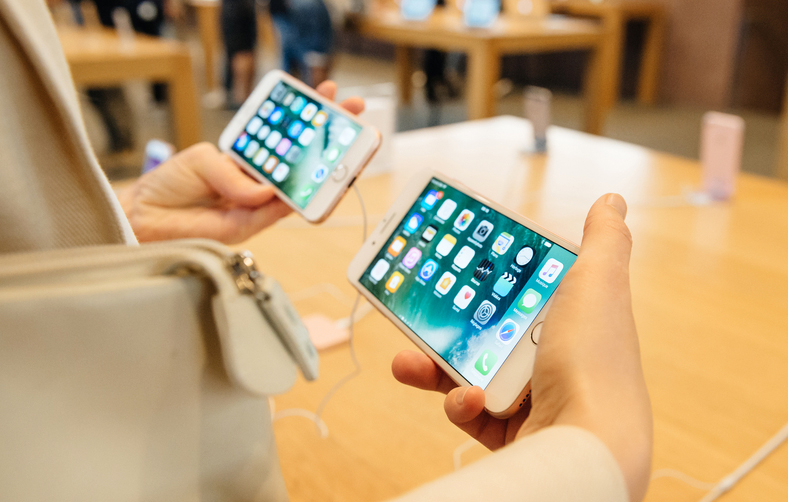32 GB iPhone 7 Isn't Just Smaller, It's Slower
If you want to transfer large quantities of files to your 32 GB iPhone, you'd better allow plenty of time to do it.
One would think that aside from storage space, the 32GB iPhone 7 and the 256GB iPhone 7 would be identical. One would be wrong.

For whatever reason — perhaps because Apple used cheaper, less able memory units — the most-expensive iPhone 7 can write files more than eight times as quickly as its still-expensive-but-not-quite-as-decadent counterpart. If you want to transfer large quantities of files to your 32GB iPhone, you'd better allot plenty of time to do it.
This information comes from the Unbox Therapy YouTube channel, in which video blogger Lewis Hilsentenger took a look at Apple's new iPhone technology and points out its strengths and shortcomings. The case of the 32GB iPhone 7 is definitely a shortcoming.
MORE: Top Picks for Smartphones
"Not all storage is created equal, and not all of it is the same speed," Hilsentenger observed in the YouTube video.
In a benchmarking test, Hilsentenger found that the iPhone 7 models with the smallest and largest amounts of storage have similar storage read speeds — 686 MBps for the 32GB, 856 MBps for the 256GB — but the write speeds were drastically different. (That's megabytes per second, not megabits per second, if you were wondering.)
The pricier model can write data at 341 MBps, while its cheaper cousin can only achieve 42 MBps. That’s an eight-fold difference, in case your low-end iPhone calculator is taking too long to do the math.
Sign up to get the BEST of Tom's Guide direct to your inbox.
Get instant access to breaking news, the hottest reviews, great deals and helpful tips.
The test is not rigorously scientific, as Unbox Therapy compared only two variants of the same model of iPhone on a single piece of media, rather than a full lineup of iPhone 7s and 7 Pluses. Still, the benchmarks don't lie, and Hilsentenger had a theory as to why the lower-end phone got such a raw deal.
He figured Apple is probably trying to save money on its cheaper gadgets and make money by hawking its top-of-the-line gear. As such, the company probably saved its best tech for the 256GB model and used cheaper parts for the 32GB. You get what you pay for.
To test what the discrepancy meant in practical terms, Hilsentenger copied a movie file from his computer to both phones via iTunes. The 1080p high-definition file of Star Wars: Episode IV: A New Hope, weighing in at 4.2GB in size, took three minutes and 39 seconds to copy to the 32GB iPhone 7, but only two minutes and 35 seconds to copy to the 256GB variant.
One minute may not sound like much, but imagine doing this frequently, for more than just movie files. A few minutes here and there every time you need to copy data could add up to a pretty massive headache.
"If you're a media head, you're constantly tranferring large files, pictures, videos," Hilsentenger said. "There's all kinds of scenarios where having a slower write speed on your device could affect performance."
The problem isn't with the storage size. In the comments on the YouTube page for the video, Unbox Therapy said it had tested a new Google Pixel 32GB model as well, and found a write speed of 302 MBps. Maybe users should just get that one instead.
Marshall Honorof is a senior editor for Tom's Guide, overseeing the site's coverage of gaming hardware and software. He comes from a science writing background, having studied paleomammalogy, biological anthropology, and the history of science and technology. After hours, you can find him practicing taekwondo or doing deep dives on classic sci-fi.

